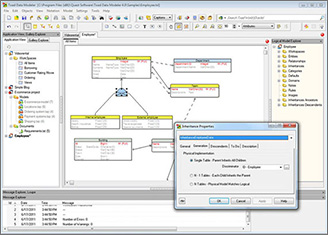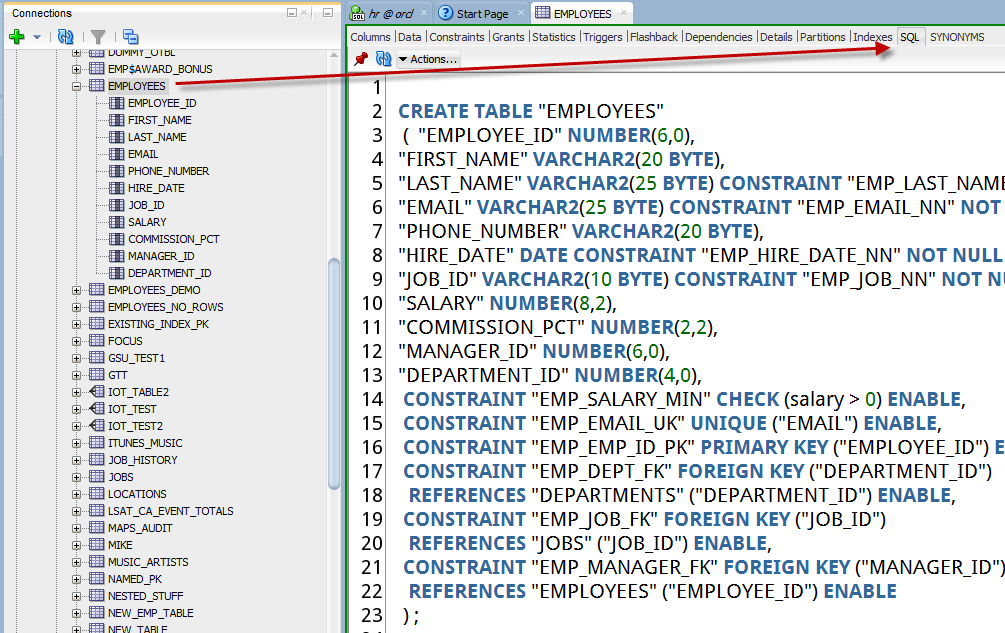


Select File -> Data Modeler -> Import -> Data Dictionary to open the Data Dictionary Import wizard.Ĭlick Add to open the New -> Select Database Connection dialog box, and connect as the HR user. To begin the process of creating your design, you must import the schema information from your existing database. Importing Your Data Dictionary Importing Your Data DictionaryĪ design in Oracle SQL Developer Data Modeler consists of one logical model and one or more relational and physical models. You’re now starting at the same place as someone who’s using the standalone Oracle SQL Developer Data Modeler. In the Browser panel, select the Relational Models node, right-click, and select New Relational Model to open a blank model diagram panel. In Oracle SQL Developer, select View -> Data Modeler –> Browser. The modeling functionality is identical in the two implementations, and both are available as free downloads from Oracle Technology Network. You also need version 4.0 of Oracle SQL Developer, in which you access Oracle SQL Developer Data Modeler through the Data Modeler submenu Alternatively, you can use the standalone Oracle SQL Developer Data Modeler. To work through the example, you need an Oracle Database instance with the sample HR schema that’s available in the default database installation.

Included in the report is a copy of the ER Diagram, where you can click on any individual component to get more details.The process of generating Entity-Relationship diagram in Oracle SQL Developer has been described in Oracle Magazine by Jeff Smith ( link).Įntity relationship diagram Getting Started The result is a very clean HTML report that you can host on your own intranet and share with your teammates. The Wizard will allow me to customize my report, first by the type of file, type of report, layouts and colors, what to report on, and so on. I can also quickly create a report for this model by going to Model, Generate Report, Report Wizard. Just like that, I have a script that I can run in Oracle to deploy this model to a live database. I'll select Show Preview and click on Generate. This window will allow me to customize my script as needed, but I'll go ahead with the default settings. Now, I can take this model and generate a DDL script by going to Model, Generate DDL Script. In this short video, I'll generate DDL scripts and reports for the sample video rental model included with Toad Data Modeler. This is Matthew Phan, systems consultant for Dell Software.


 0 kommentar(er)
0 kommentar(er)
